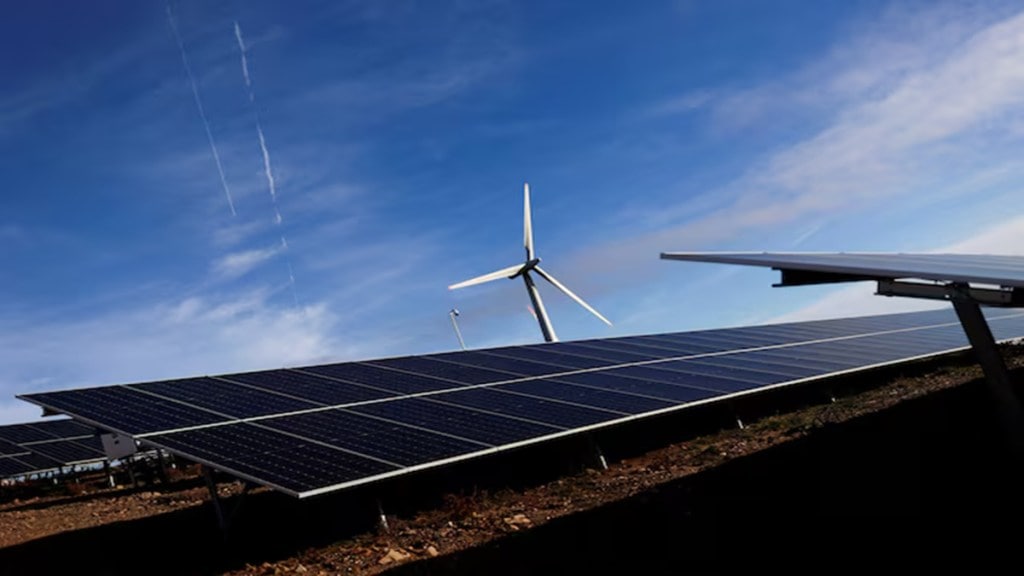The share of power generation from renewable energy (RE) capacities, including large hydro, is expected to cross 35% by FY30 from 22.1% in FY25, with expected incremental capacity addition of 200 GW between FY25 till FY30, as per Icra.
This in turn also hinges on the extent of implementation of the ongoing project pipeline where the projects are bid out and the power purchase agreements are signed, the development of adequate transmission connectivity infrastructure as well as timely bidding for new RE projects, along with the PPAs signing by central nodal agencies, the rating agency noted.
Icra pointed out that after a sizable RE capacity of 47.3 GW awarded in FY24, which is followed by 40.6 GW in FY25, the bidding activity has slowed sharply in the current year with only 5.8 GW awarded in the first eight months of FY26.
Further, the unsigned PPA capacity remains sizable at about 40-45 GW as on date.
What did Girishkumar Kadam say?
“The decline in new project bids & delays in signing PPAs for large RE capacity by central nodal agencies clearly reflects the concerns on the execution related to available transmission connectivity for the RE sector. Further, reported grid curtailments in Rajasthan for renewable assets, particularly solar assets during the solar hours in a few time blocks, due to grid stability requirement, is also a concern, given the absence of grid compensation clause in the PPAs for such cases,” said Girishkumar Kadam, Senior Vice President & Group Head – Corporate Ratings, ICRA.
He noted that a focus on the enhancement of both the storage capacity and grid strengthening within the state as well as at inter-state level in a time-bound manner remains extremely critical, as the share of renewables increases in the generation mix.
As India grapples with variability in renewable generation, Battery Energy Storage Systems (BESS) have emerged as the important enabler for grid stability.
The government has introduced viability gap funding for BESS capacity along with extended transmission charge waivers for storage projects until 2028. The central nodal agencies and state discoms have awarded standalone BESS projects aggregating to over 20 GWh since April 2024 to October 2025.
Also, the share of round-the-clock (RTC), firm and dispatchable renewable energy (FDRE) and solar plus storage projects remained high at ~90% of the total RE capacity awarded during Apr-Nov in FY26.
Decline in battery costs helps with energy storage
Further, the significant decline in battery costs over the past decade has helped reduce the cost of energy storage and adoption of BESS projects globally.
Based on prevailing battery costs, ICRA estimates that the levelized cost of storage using BESS for 2-4 hours of storage is relatively high, in the range of Rs. 4.0-7.0 per unit, compared to Rs. 5.0 per unit for Pumped Storage Hydropower (PSP) projects.
“This has seen a significant improvement from the level of over Rs. 8.0-9.0 per unit seen in 2022. While BESS costs for 4-hour storage remain higher than that of the PSP, the execution risks and gestation period for the BESS projects are relatively lower,” Icra said.
Although BESS projects have shorter lifespans and require replacement capex, sustained reduction in battery prices is expected to drive greater adoption, going forward. The viability of these projects remains pegged to the capital cost. Based on the average battery cost of ~USD 70/kwh seen in 2025, along with associated taxes/duties and cost of the balance of plant, the capital cost is estimated in the range of USD 120-150/kwh,” Kadam said, adding that at these capital cost levels and prevailing interest rates, the cumulative debt service coverage ratio for standalone BESS projects lands in the 1.15-1.25x range.
ICRA’s outlook for the RE sector remains stable, led by strong policy support, superior tariff competitiveness and sustainability initiatives by large commercial and industrial (C&I) customers. However, challenges remain on the execution front, including land and transmission infrastructure, delays in signing PPAs, exposure to equipment prices and distribution utility finances, the agency said.

